Category: Operative Obstetrics
Poster Session I
(327) Prolongation of the second stage of labor affects TOLAC success
Study Design: In this retrospective single-center cohort study, we compared maternal and neonatal outcomes following TOLAC over 2 periods of time. Period I (2734 women): May 2008-April 2014, when the second stage of labor in multiparous women was allowed for two hours. Period II (3963 women): May 2014-April 2020, when multiparous women with regional anesthesia received an additional one hour before second-stage arrest was diagnosed. Exclusion criteria included multiple gestations, known fetal anomalies and preterm birth. The primary outcome was the rate of repeated CS.
Results:
As shown in Table 1, Mean duration of the 2nd stage of labor was significantly longer in period II as compared with period I (129.7±48.5 vs. 67.3±35.9 minutes, P< 0.0001). As shown in Table 2, the rate of repeated CS was significantly lower in Period II compared with period I (18.1% vs. 29.7%, P< 0.0001). The incidence of uterine rupture was significantly higher in period II as compared with period I (0.6% vs. 0.4%, p< 0.001), but still within the range reported in the medical literature. The instrumental delivery rate was significantly higher in Period II (26.2% vs. 15.6%, P< 0.0001). The incidence of postpartum hemorrhage and blood transfusion rates were significantly higher in period II compared with period I. The rate of arterial umbilical cord pH < 7 (1.5% vs. 0.7%, P< 0.0001), admission to NICU (2.5% vs. 1.6%, p=o.oo4) and shoulder dystocia (1.8% vs. 1.1%, p=0.007) were significantly higher in period II compared with period I.
Conclusion: Allowing an additional hour for the 2nd stage of labor is associated with a lower rate of repeated CS but a higher rate of instrumental deliveries, uterine rupture, and fetal acidemia. These findings may warrant further consideration of allowing a prolonged 2nd stage in patients attempting TOLAC.

Roy Lauterbach, MD
Department of Obstetrics and Gynecology, Mount Sinai Hospital, Toronto, Canada
Toronto, Ontario, Canada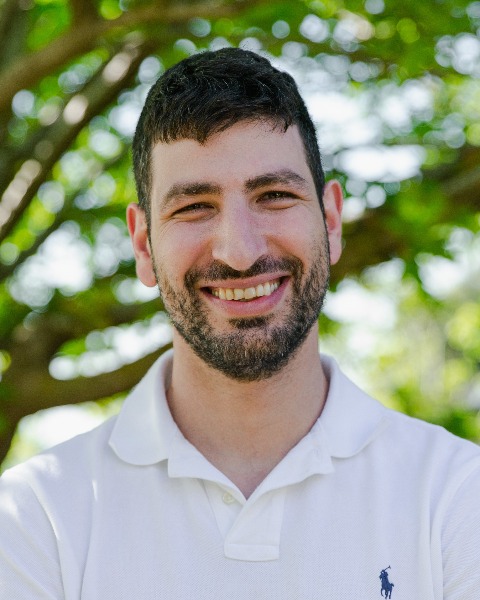
Naphtali Justman, MD, MPH
Rambam Health Care Campus
Haifa, Israel, Israel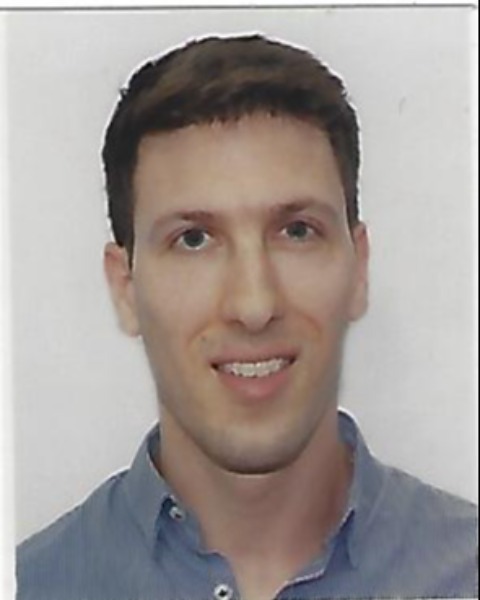
Yoav Siegler, BSc, MD
Rambam Health Care Campus
Haifa, Israel, Israel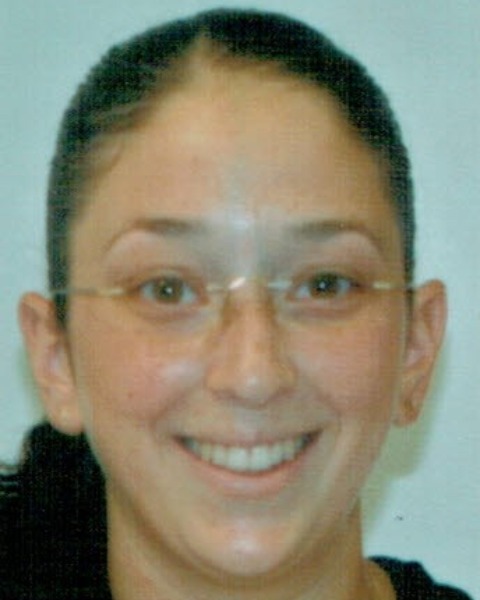
Gal Bachar, MD (she/her/hers)
Rambam Healthcare Campus
Haifa, Israel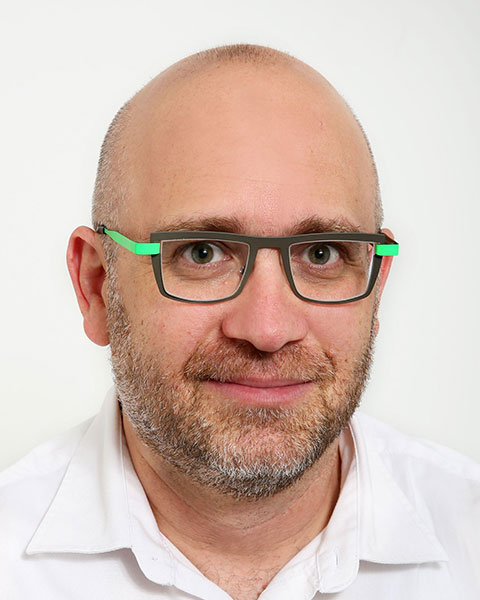
Yuval Ginsberg, MD (he/him/his)
Deputy Ob/Gyn department
Rambam Medical Health Campus
Haifa, Israel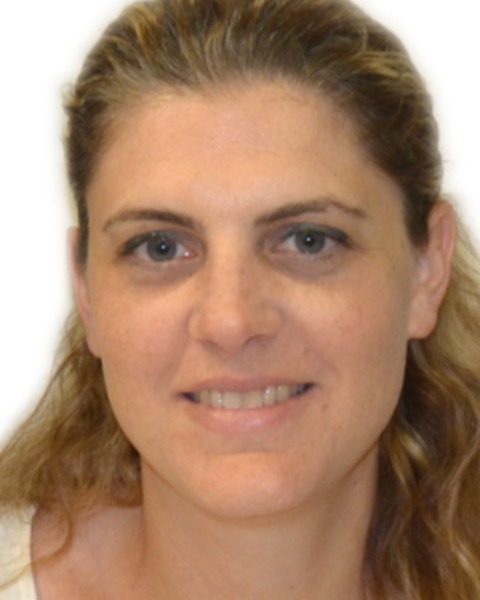
Dana Vitner, MD
Rambam Health Care Campus
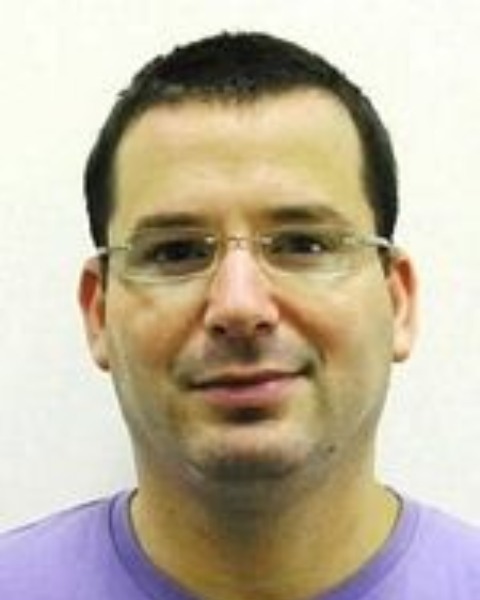
Yaniv Zipori, MD
Rambam Healthcare Campus
Binyamina, HaZafon, Israel- RB
Ron Beloosesky, MD
Rambam Medical Health Campus
Haifa, Israel, Israel - ZW
Zeev Weiner, MD
Rambam Health Care Campus
Haifa, Israel, Israel - NK
Nizar Khatib, MD
Rambam Healthcare Campus
Acre, Hefa, Israel

.png)
